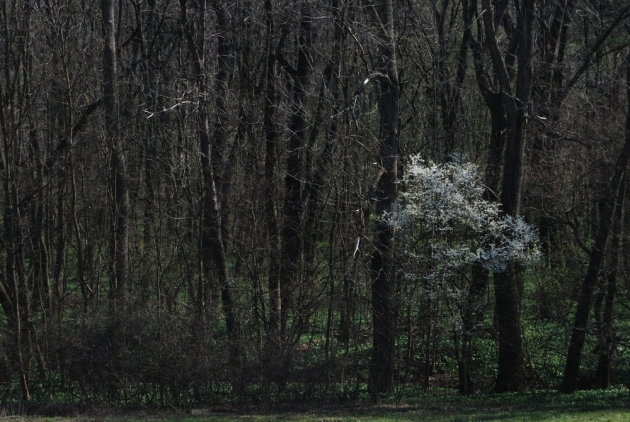Elderflower syrup

There are three items that many Slovaks forage for, even if they aren’t the ‘in harmony with nature’ type of person: ramsons/bear garlic, mushrooms, and elderflowers.
Elderberry bushes with their characteristic large head of small white blossoms are a common sight throughout the western part of Slovakia in the spring, their strong scent filling the air. It’s common to see someone walking by with a basket, or even a huge bag.
What do Slovaks make with elderflowers? Elderflower syrup. I made this recipe with 2 litres of water, but most people make huge batches of 10 or more litres.
If you find the idea of fermenting elderflower wine or cordial intimidating, then this simple syrup is the recipe to try. Instead of juice concentrates, in Europe people buy syrups to make ‘juice’. Click to continue reading












